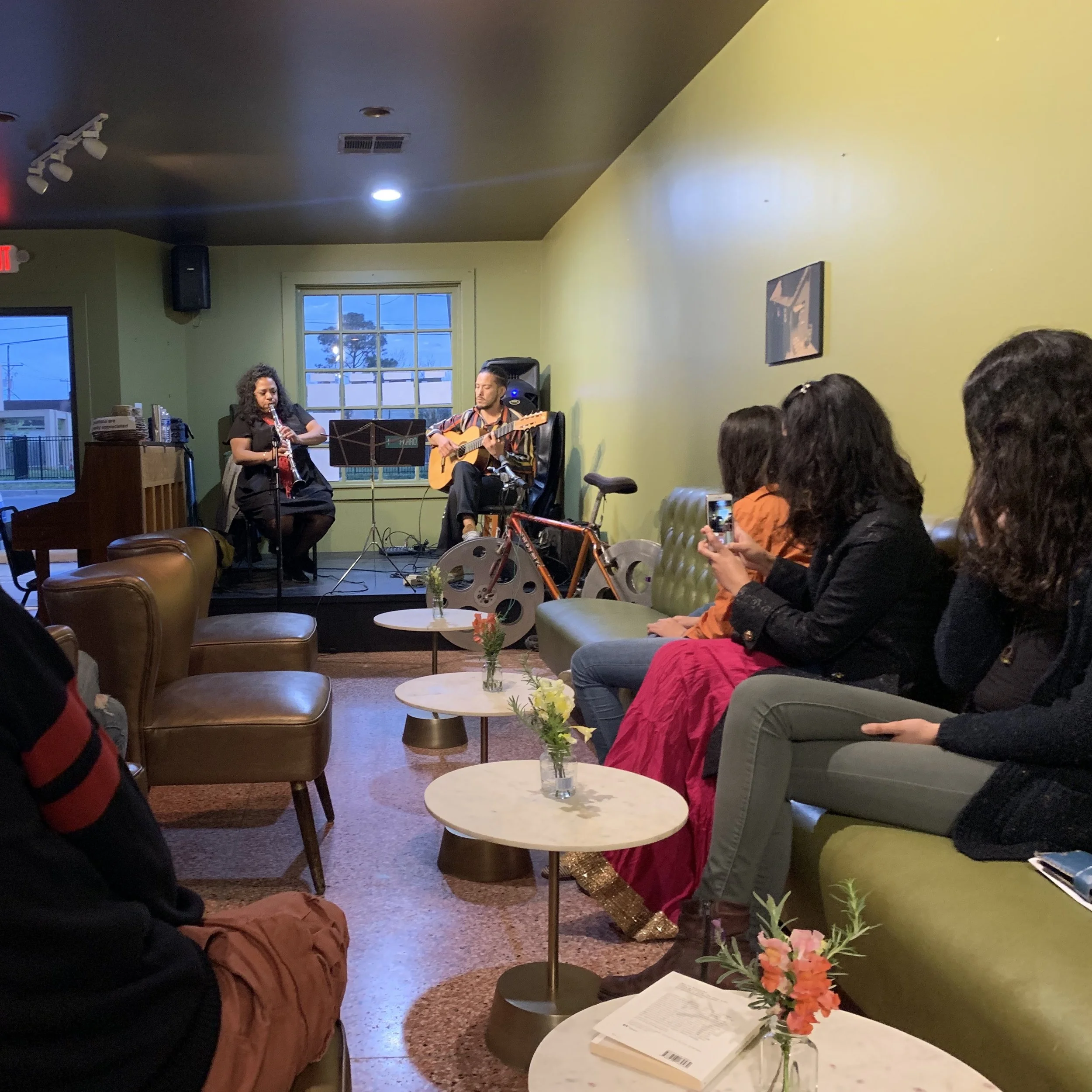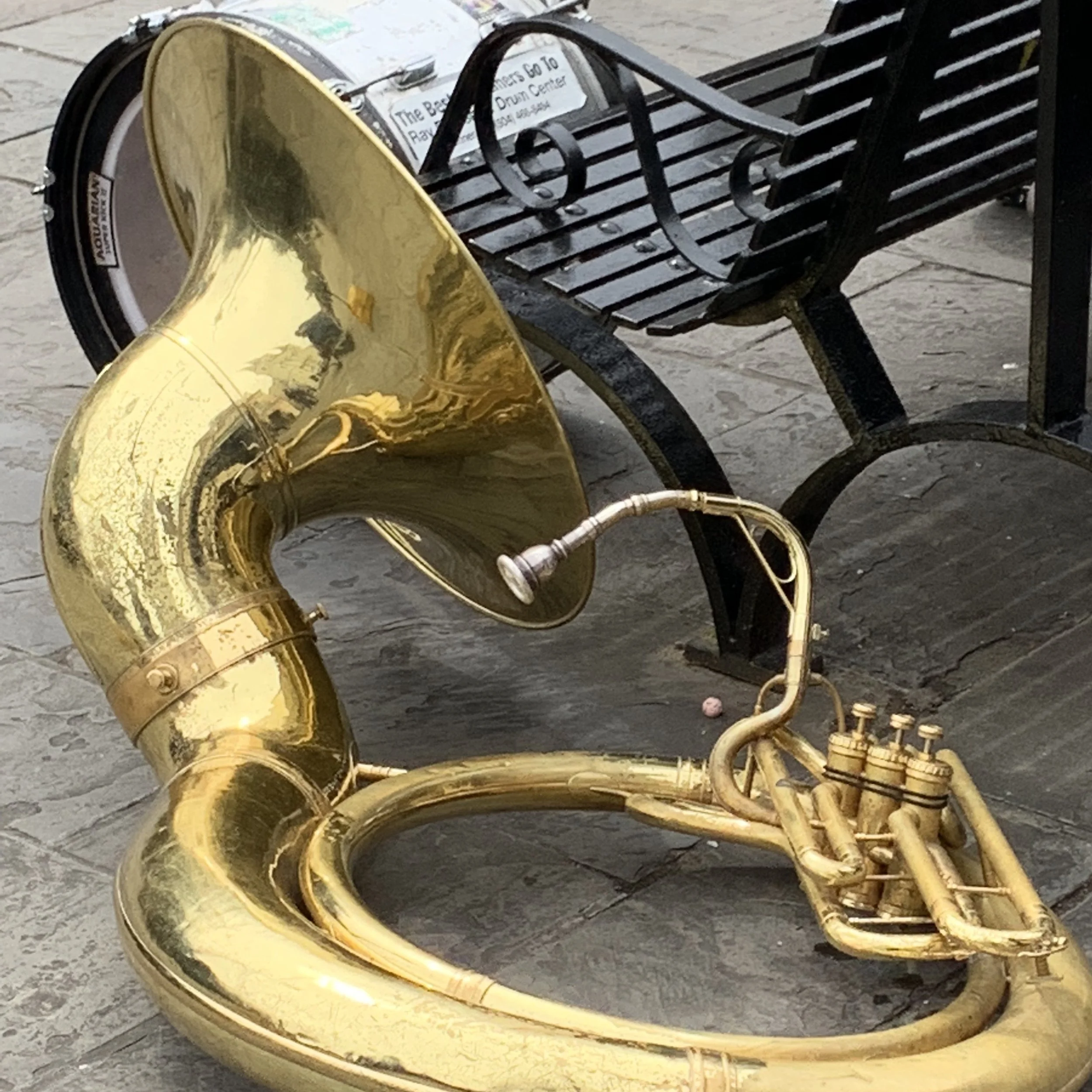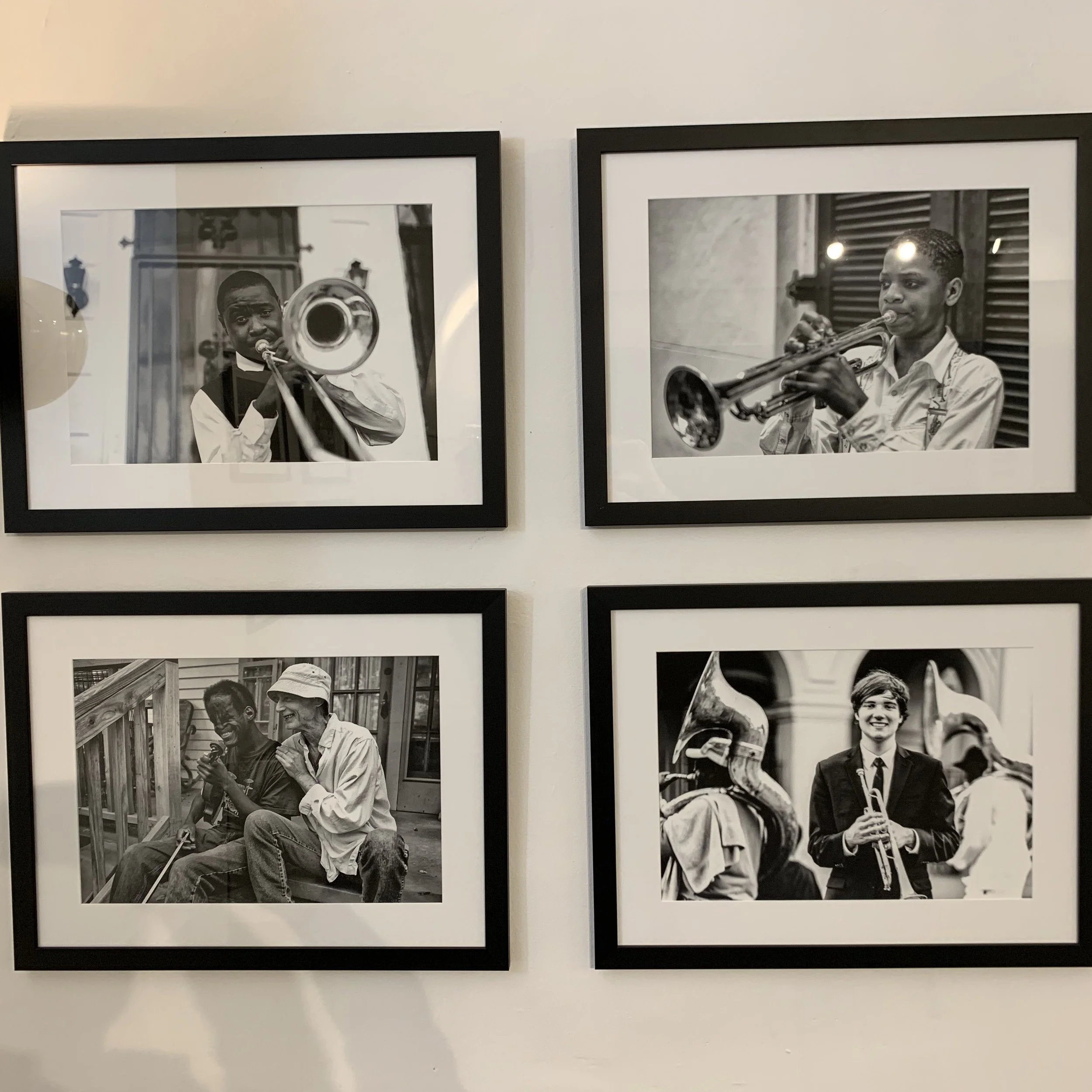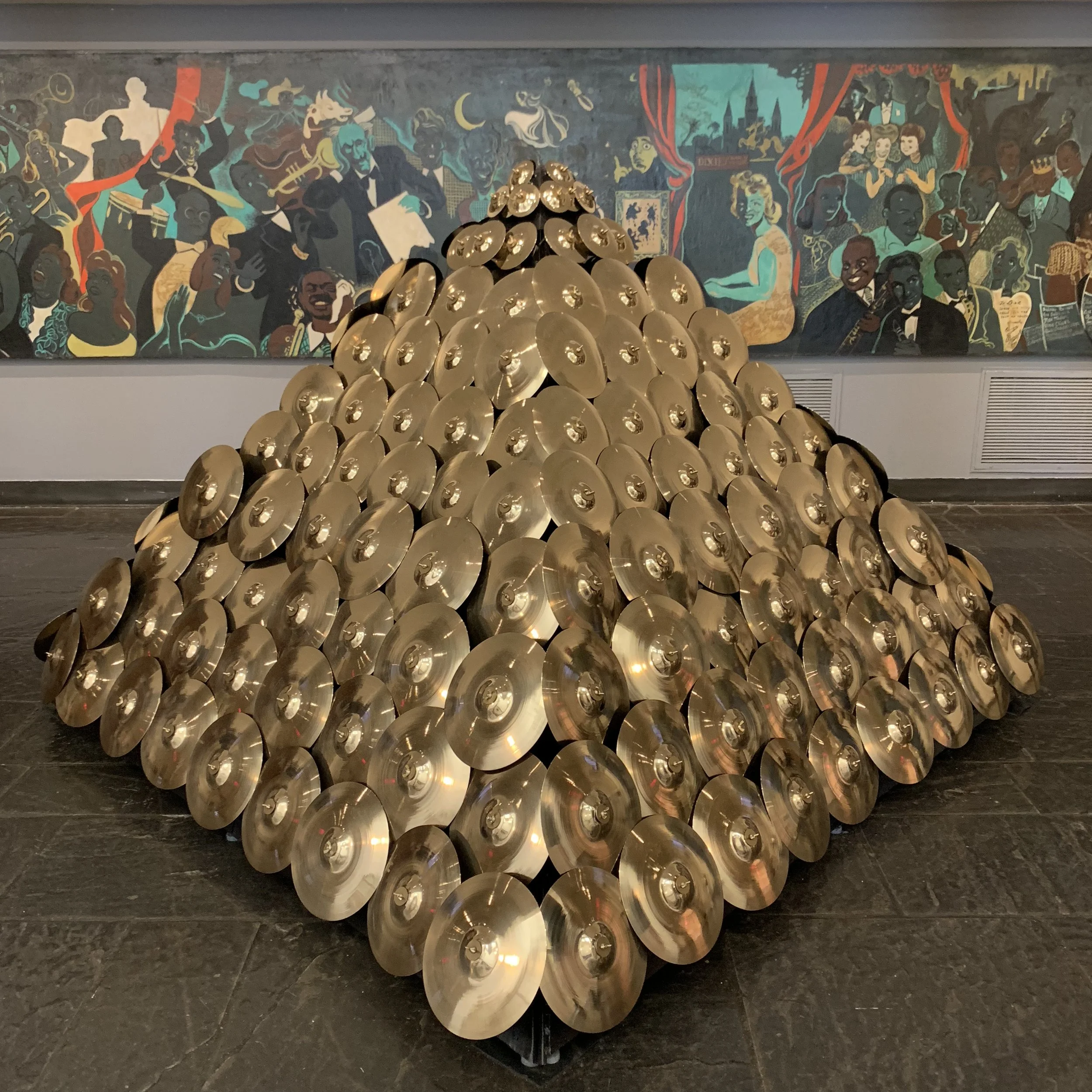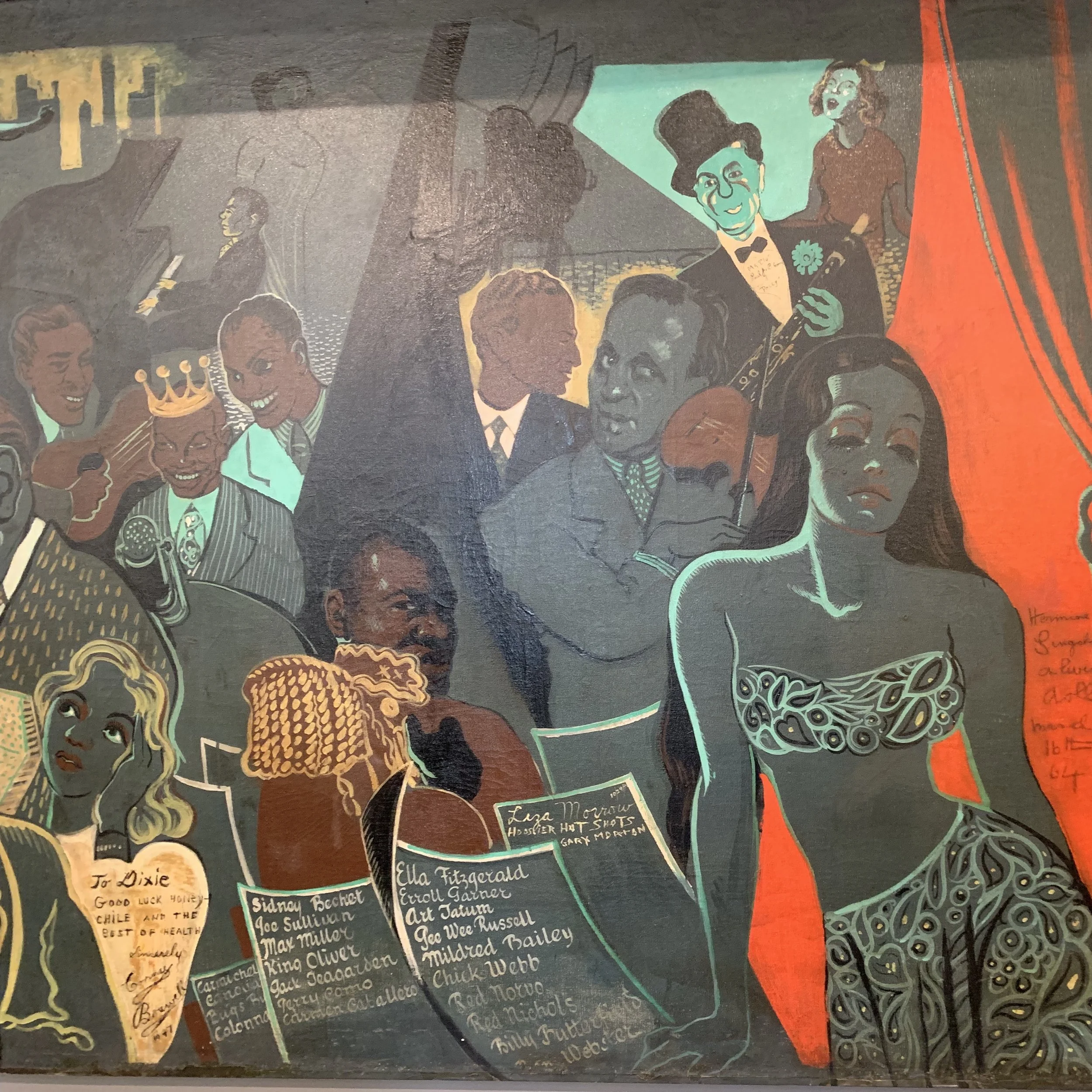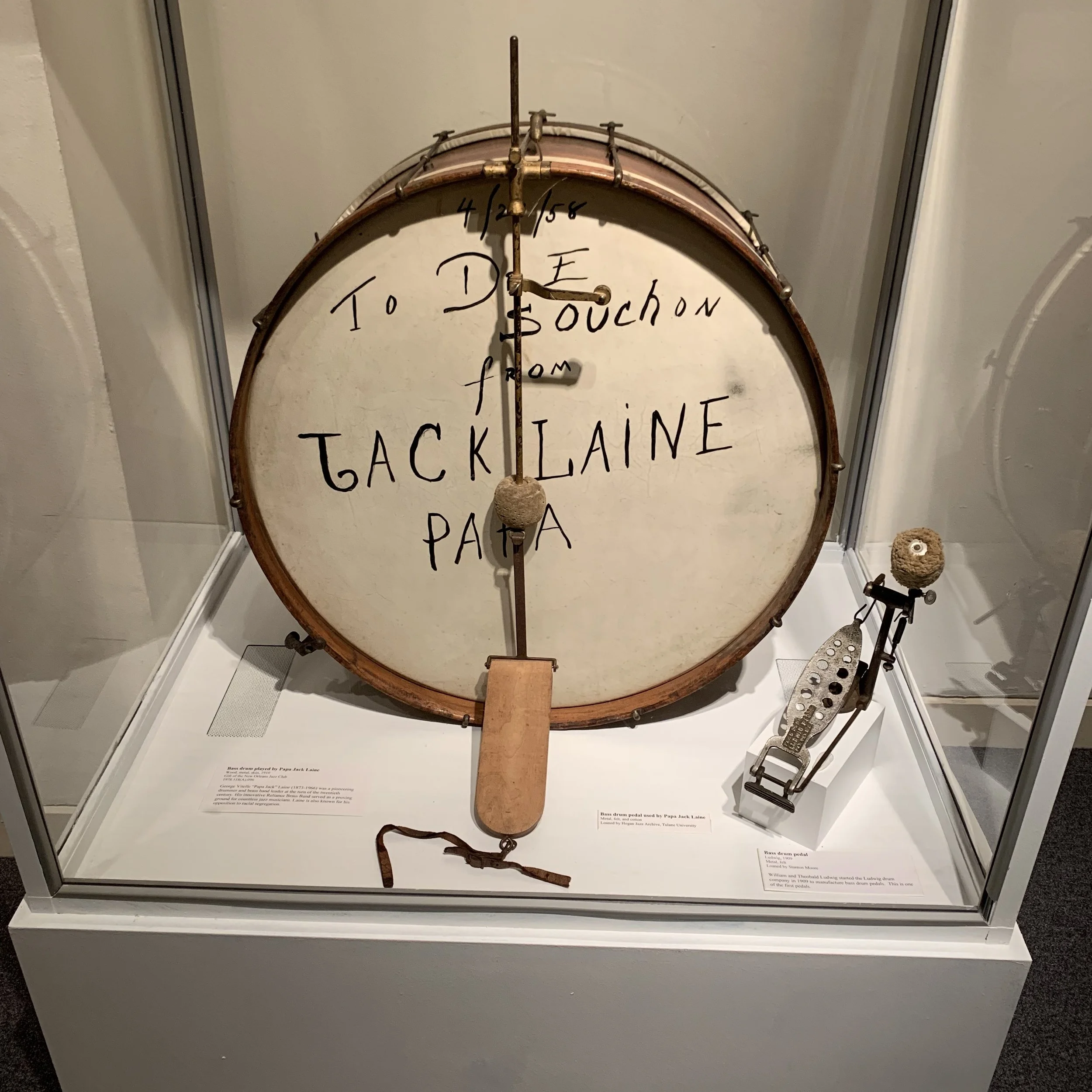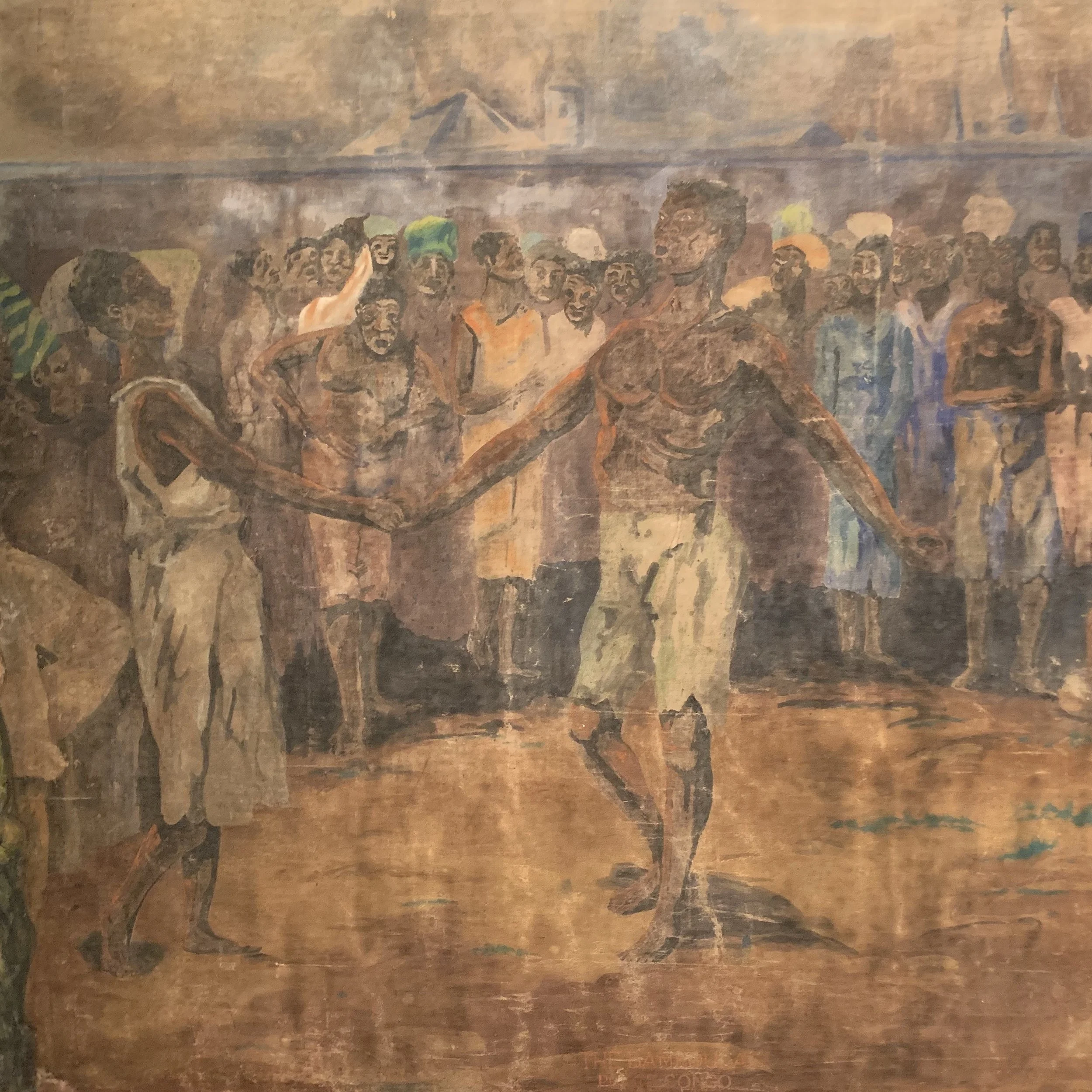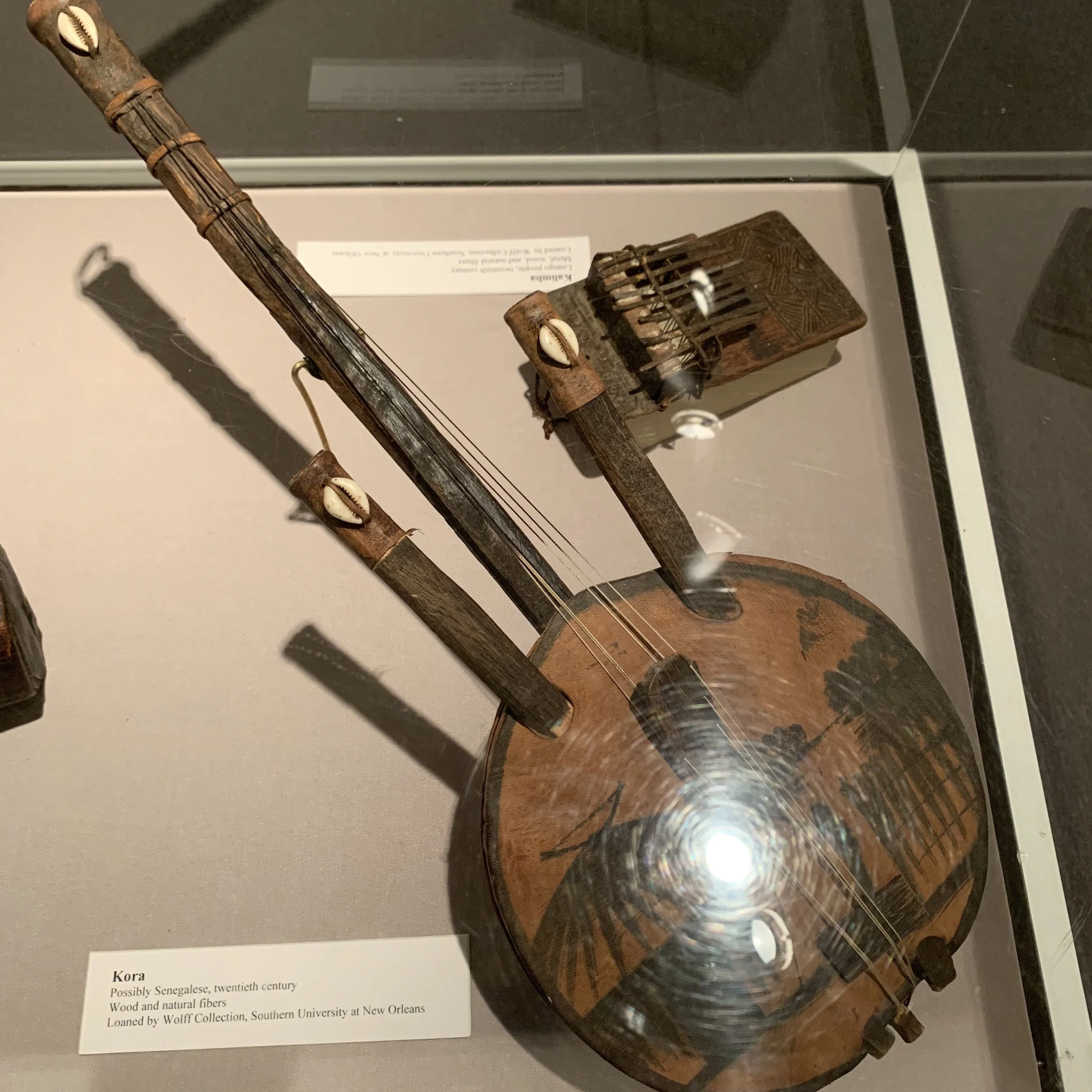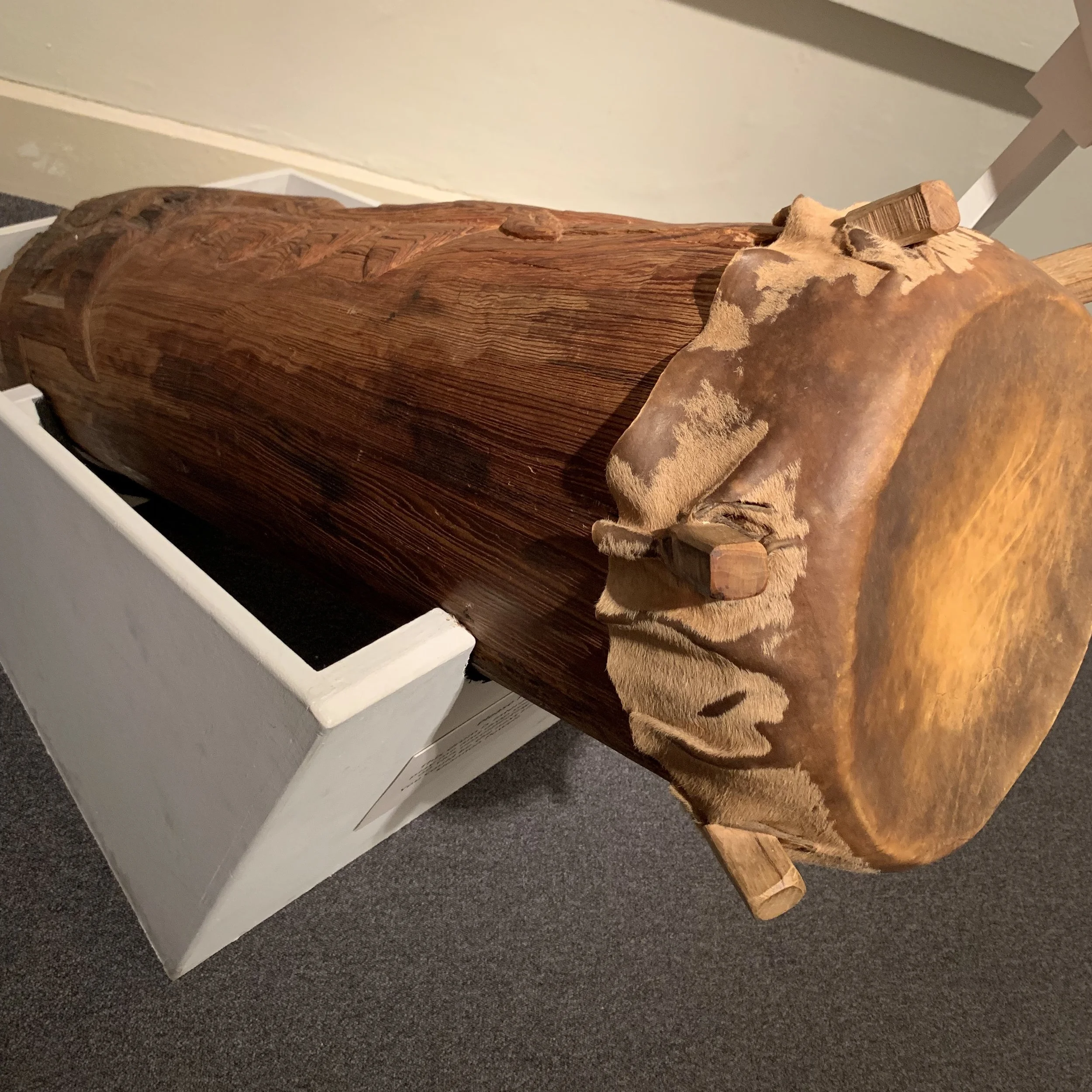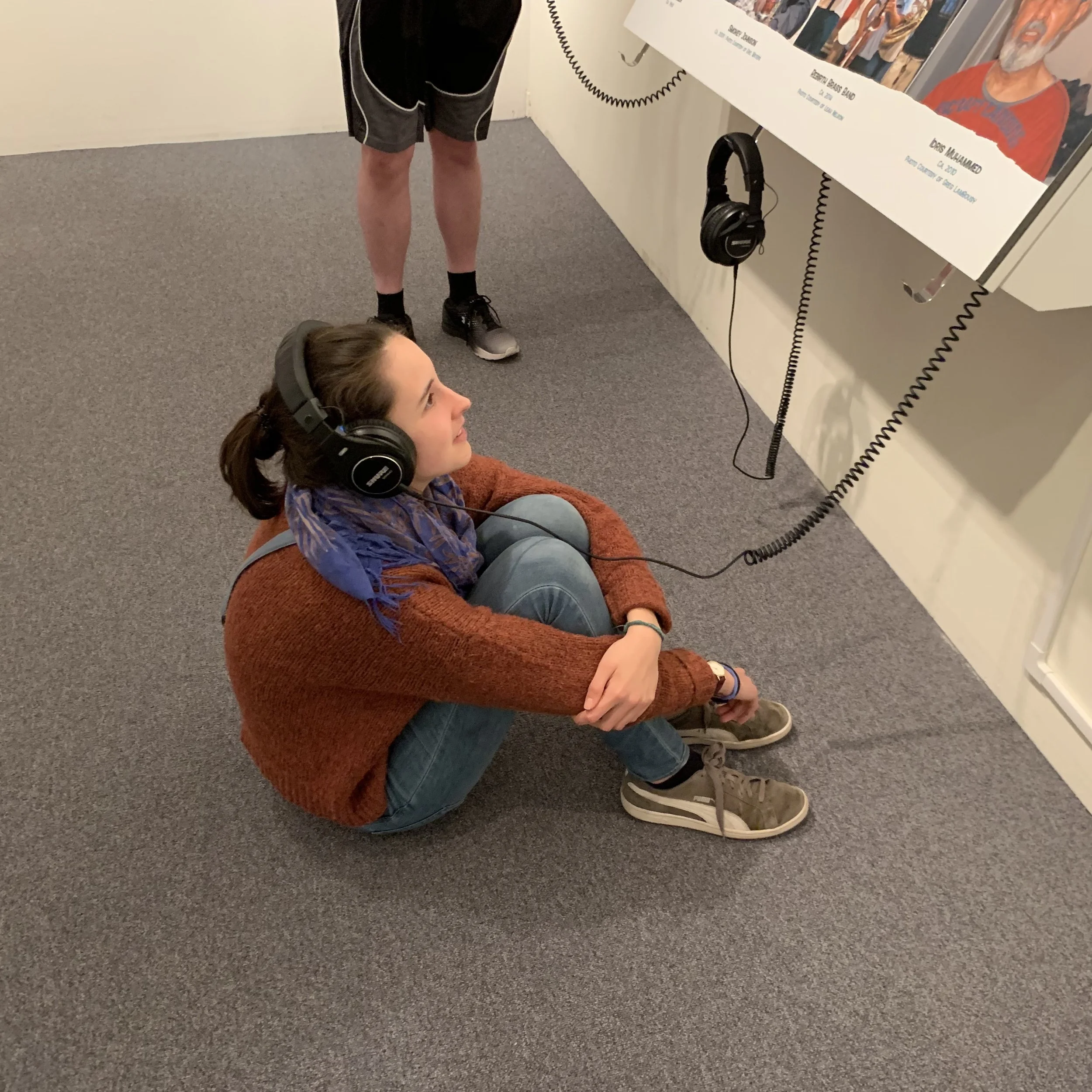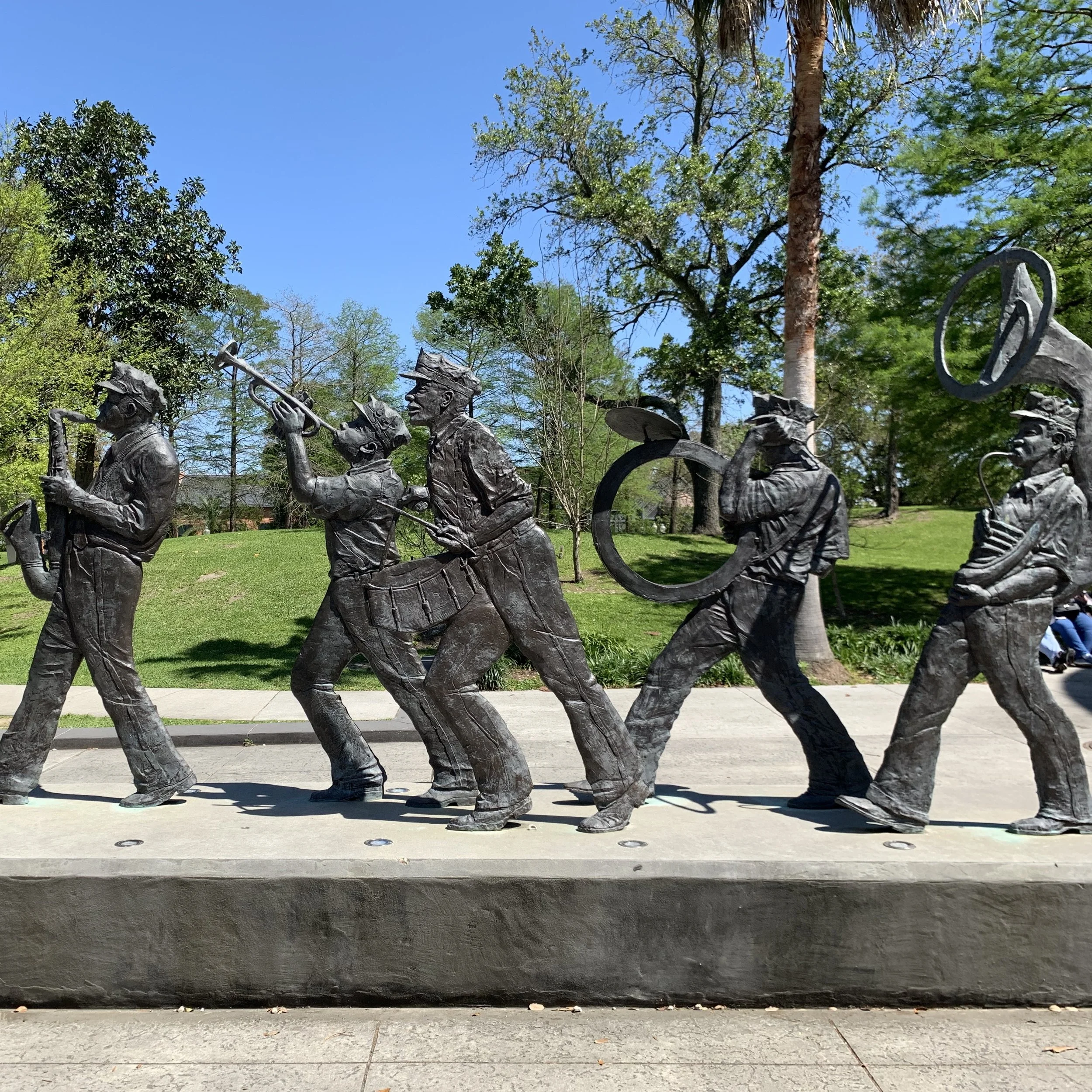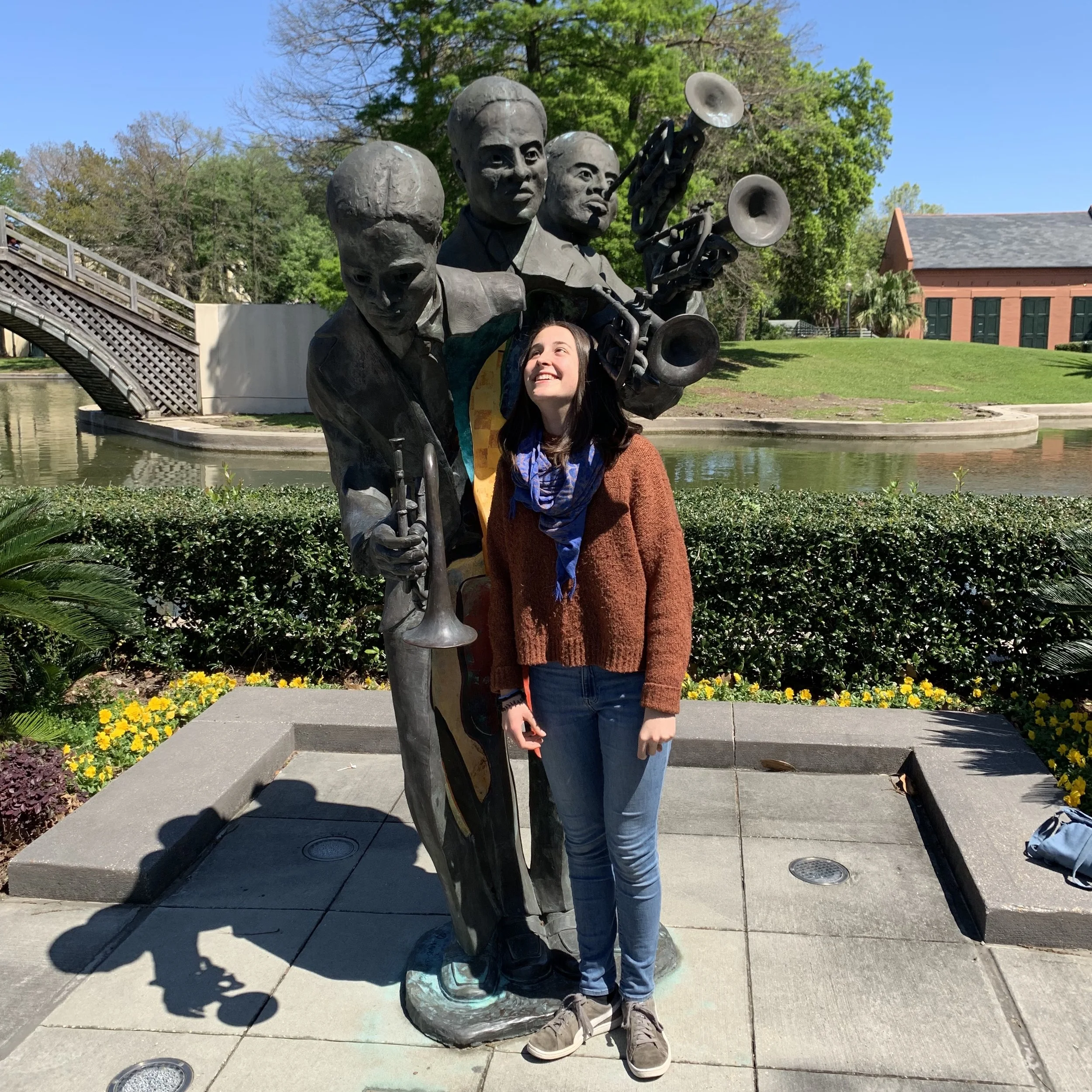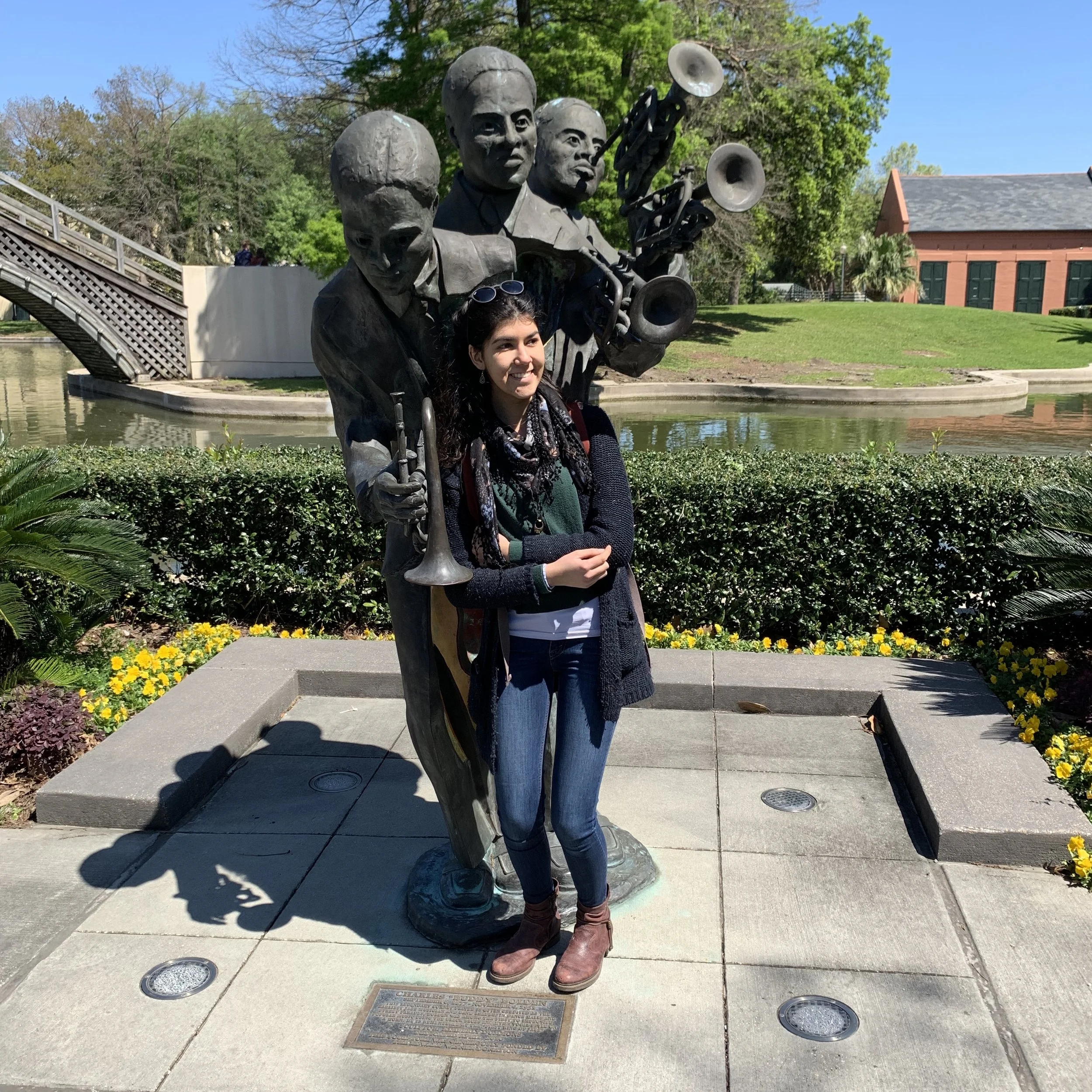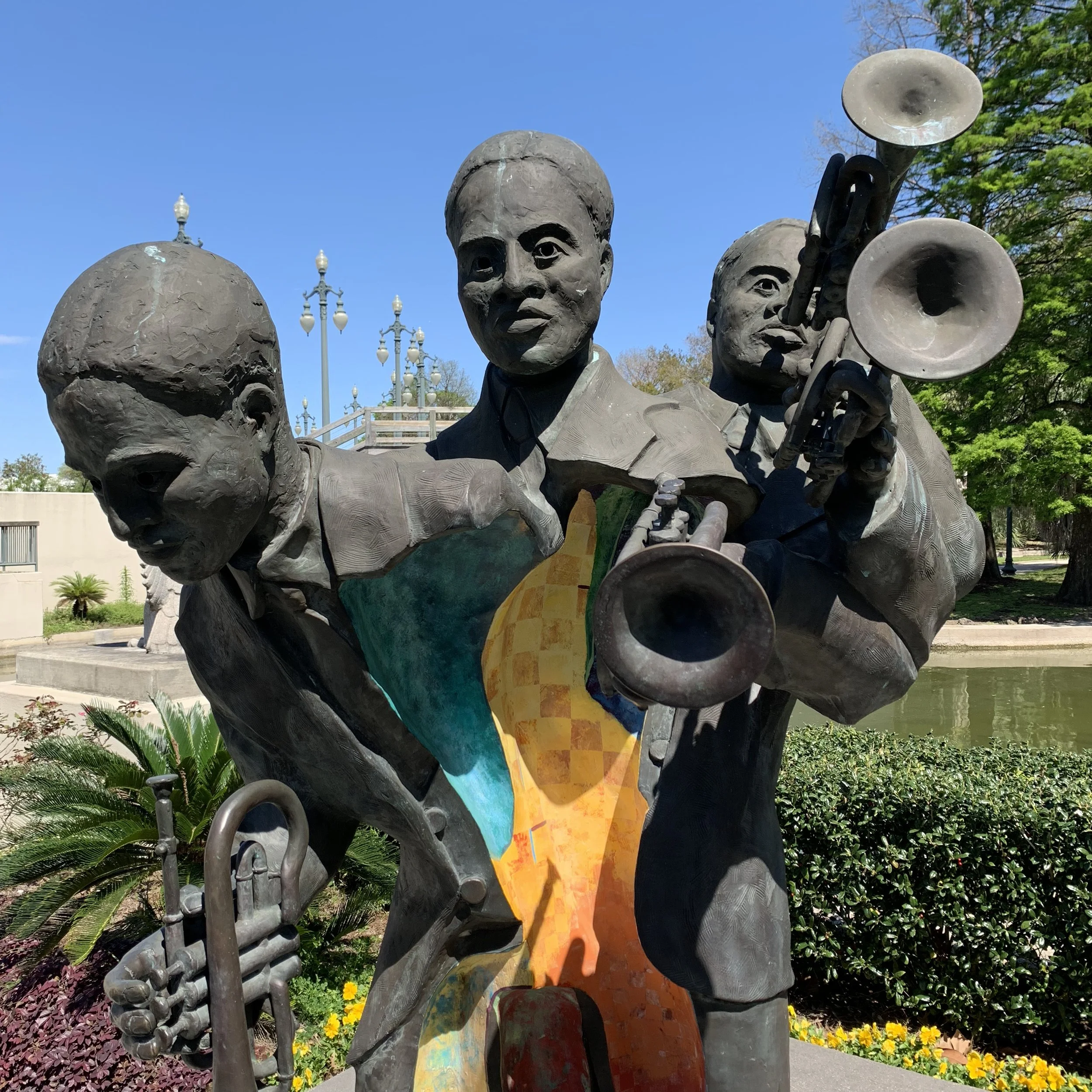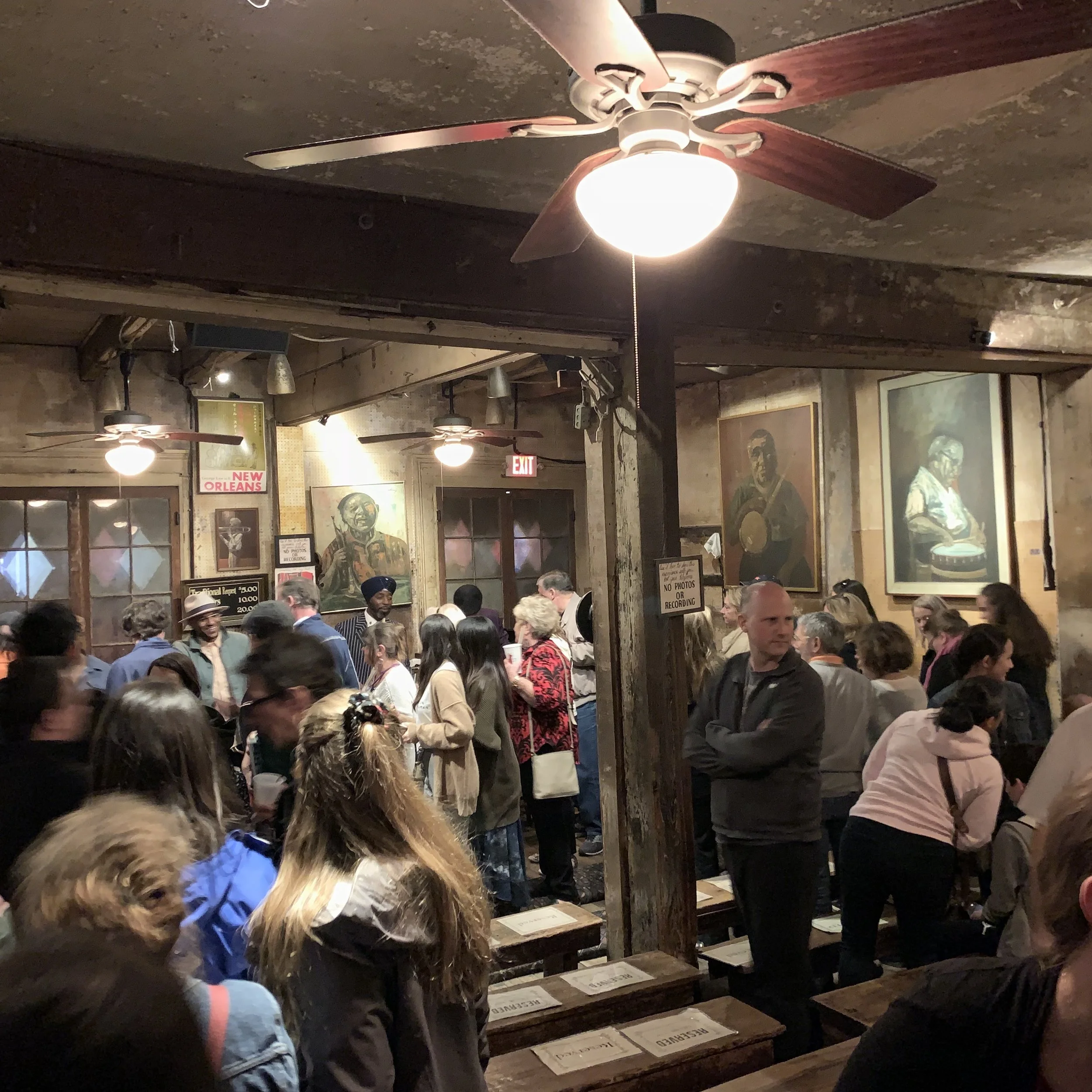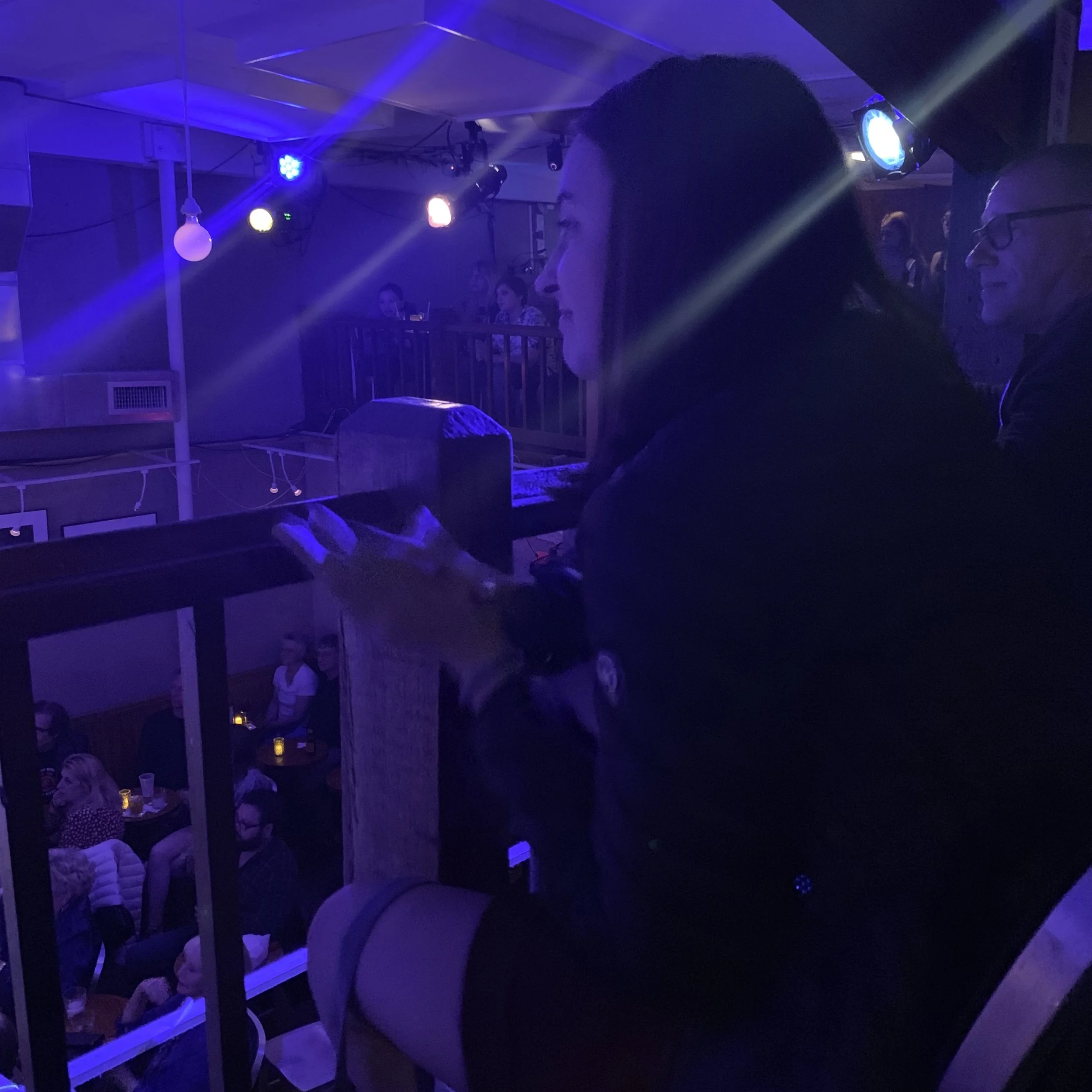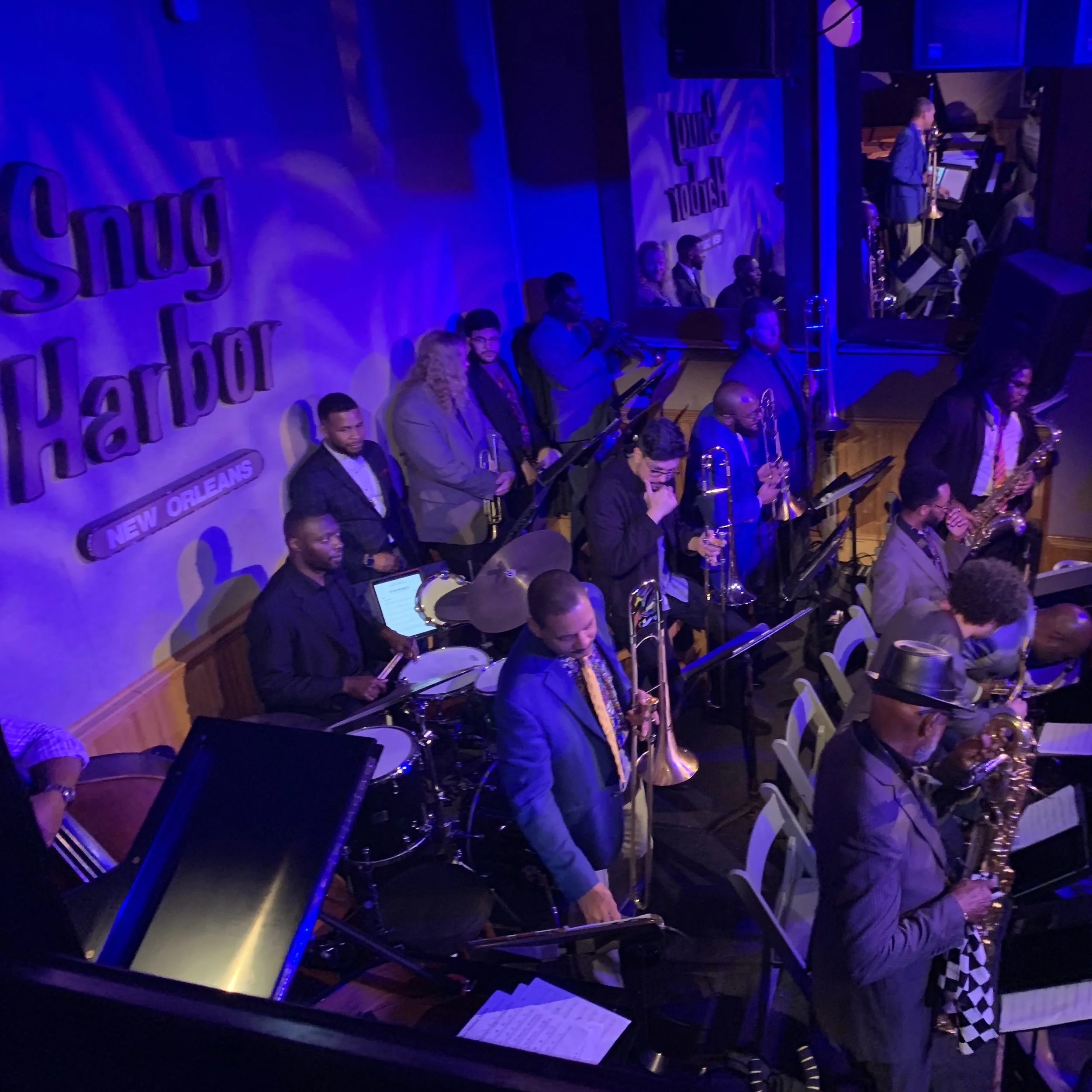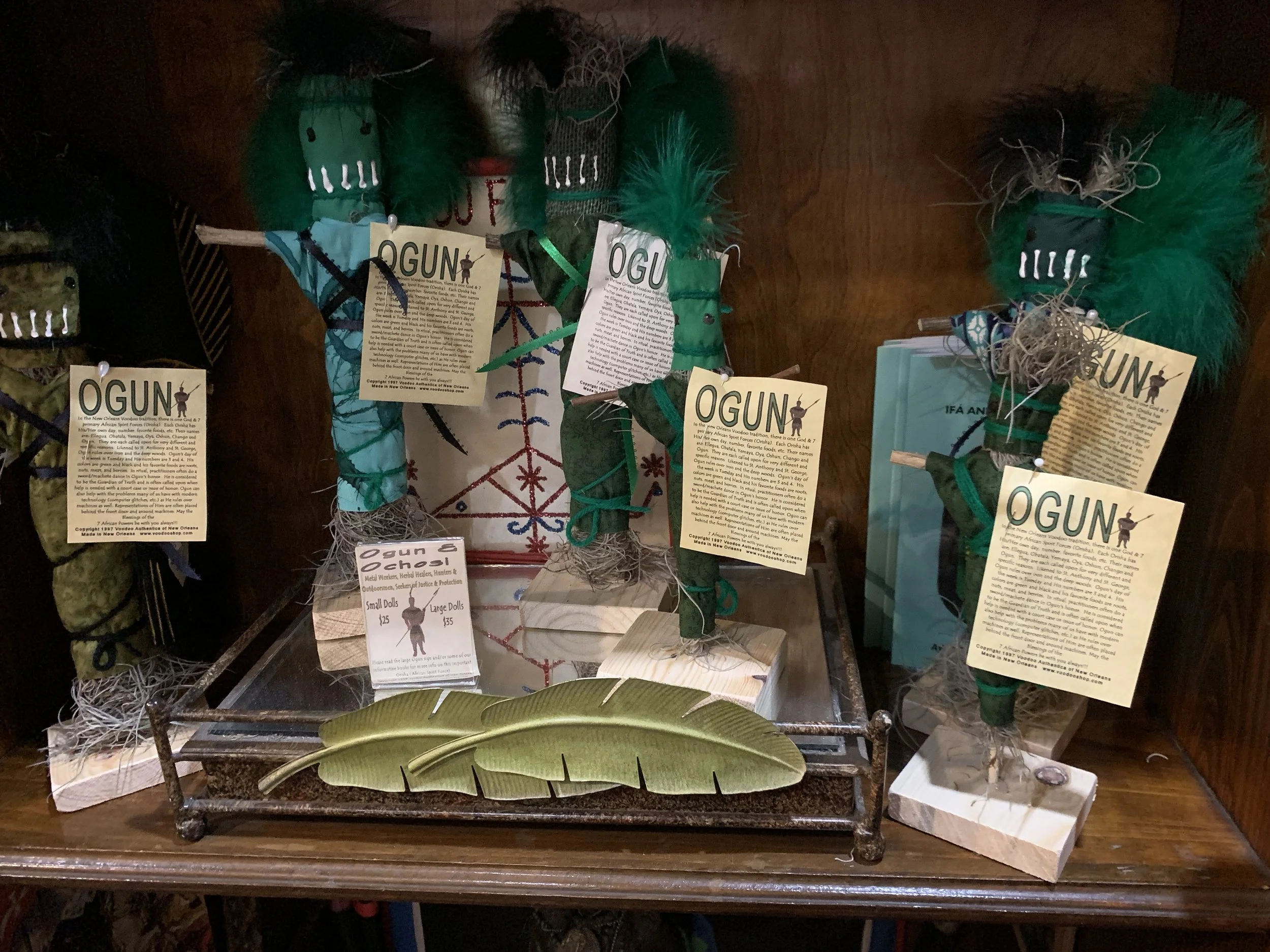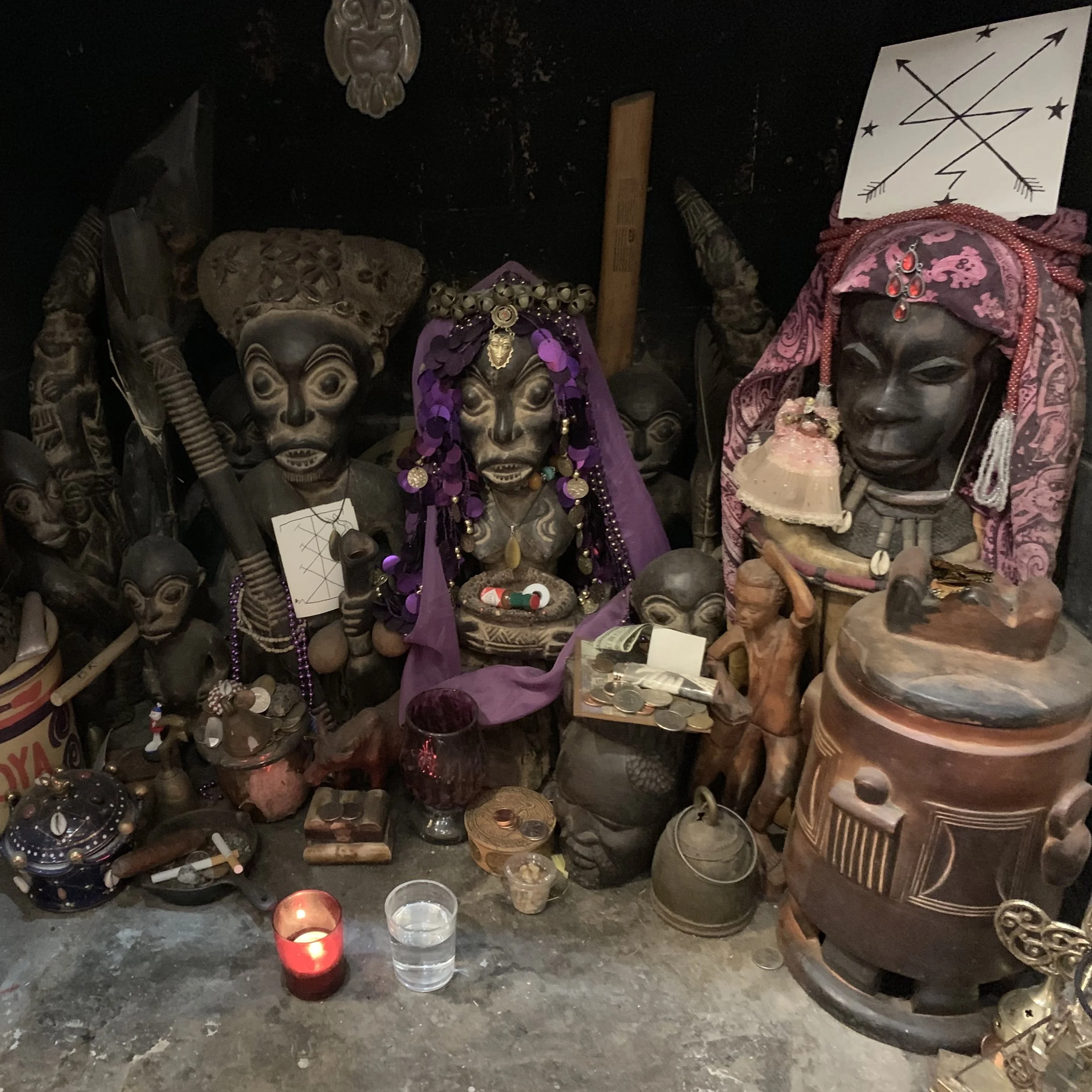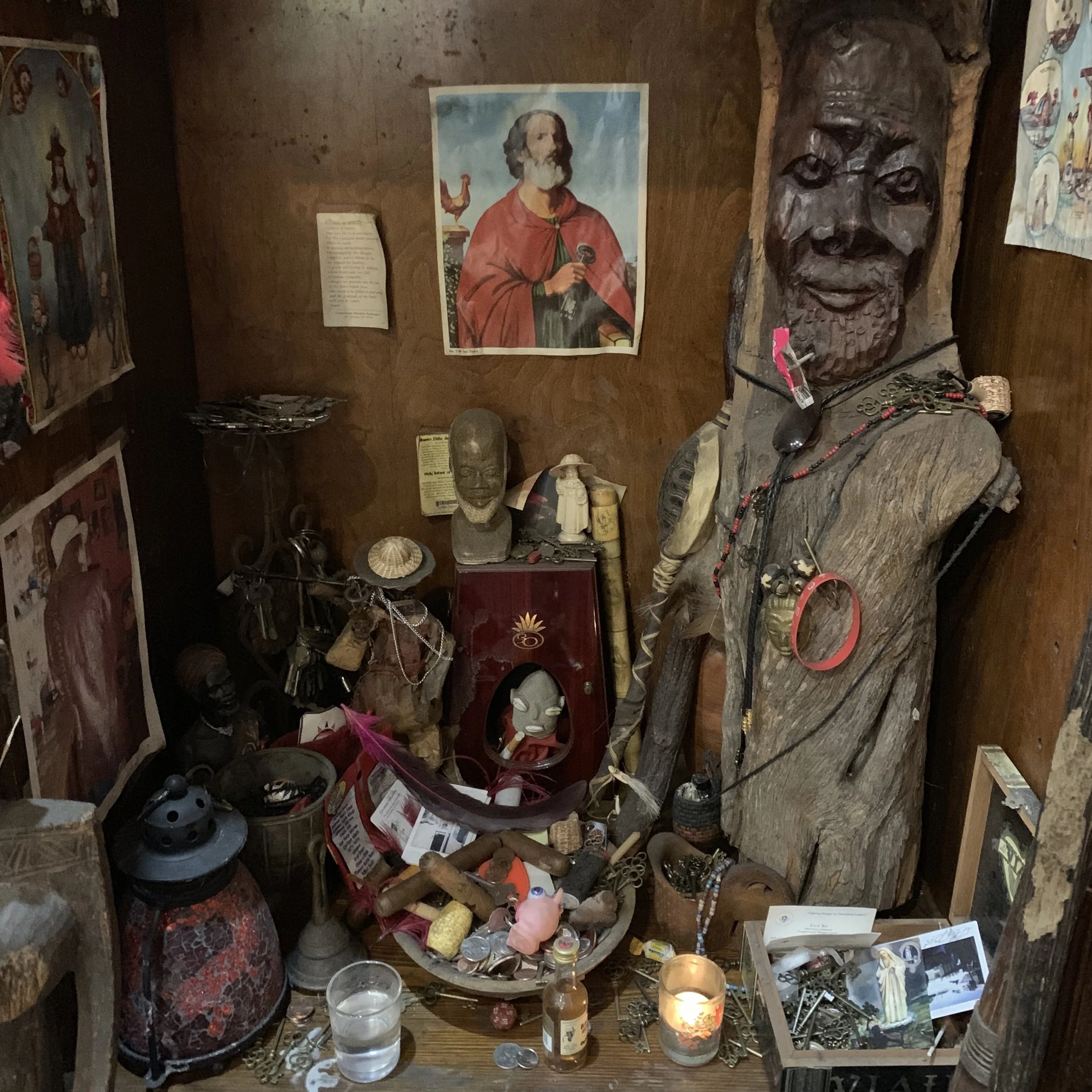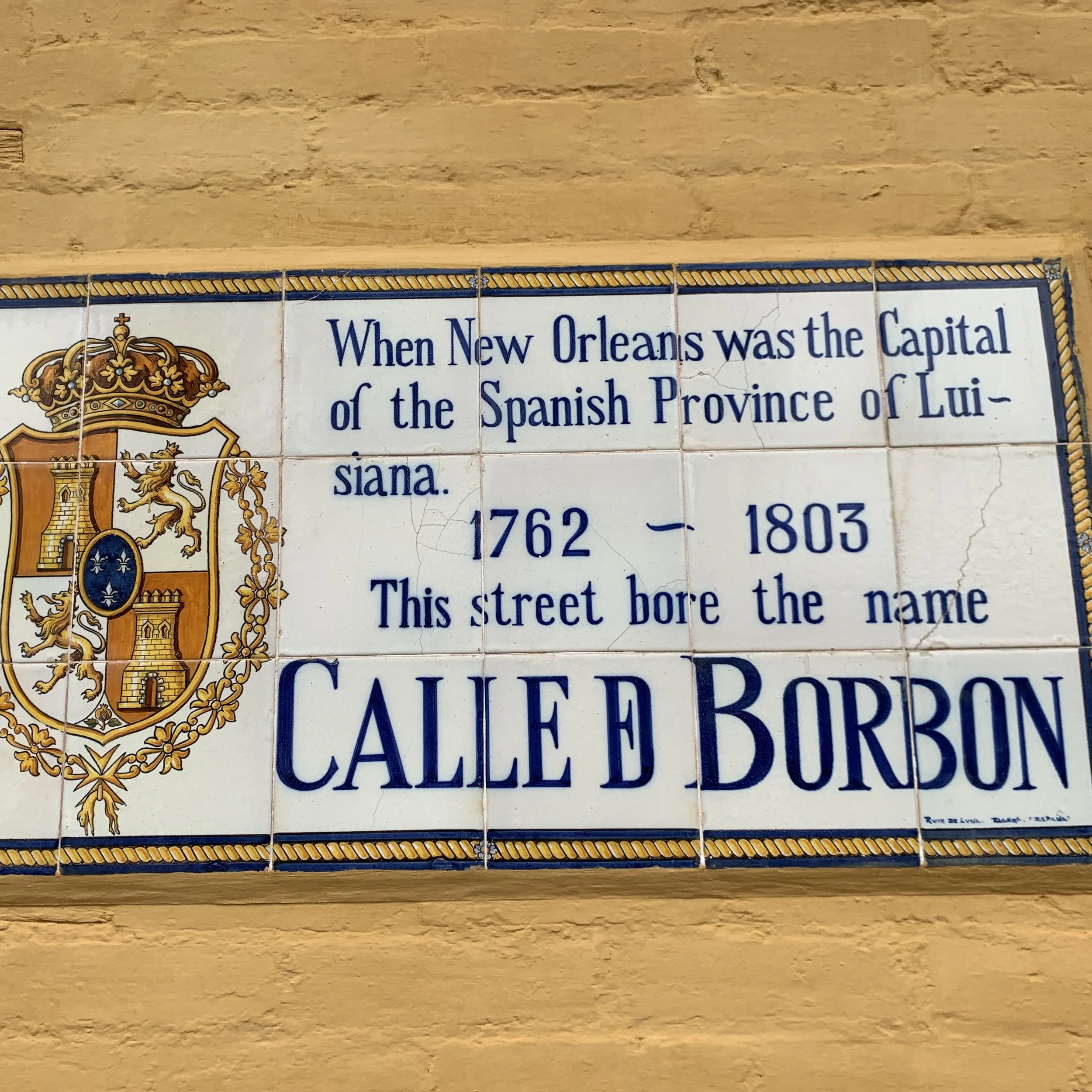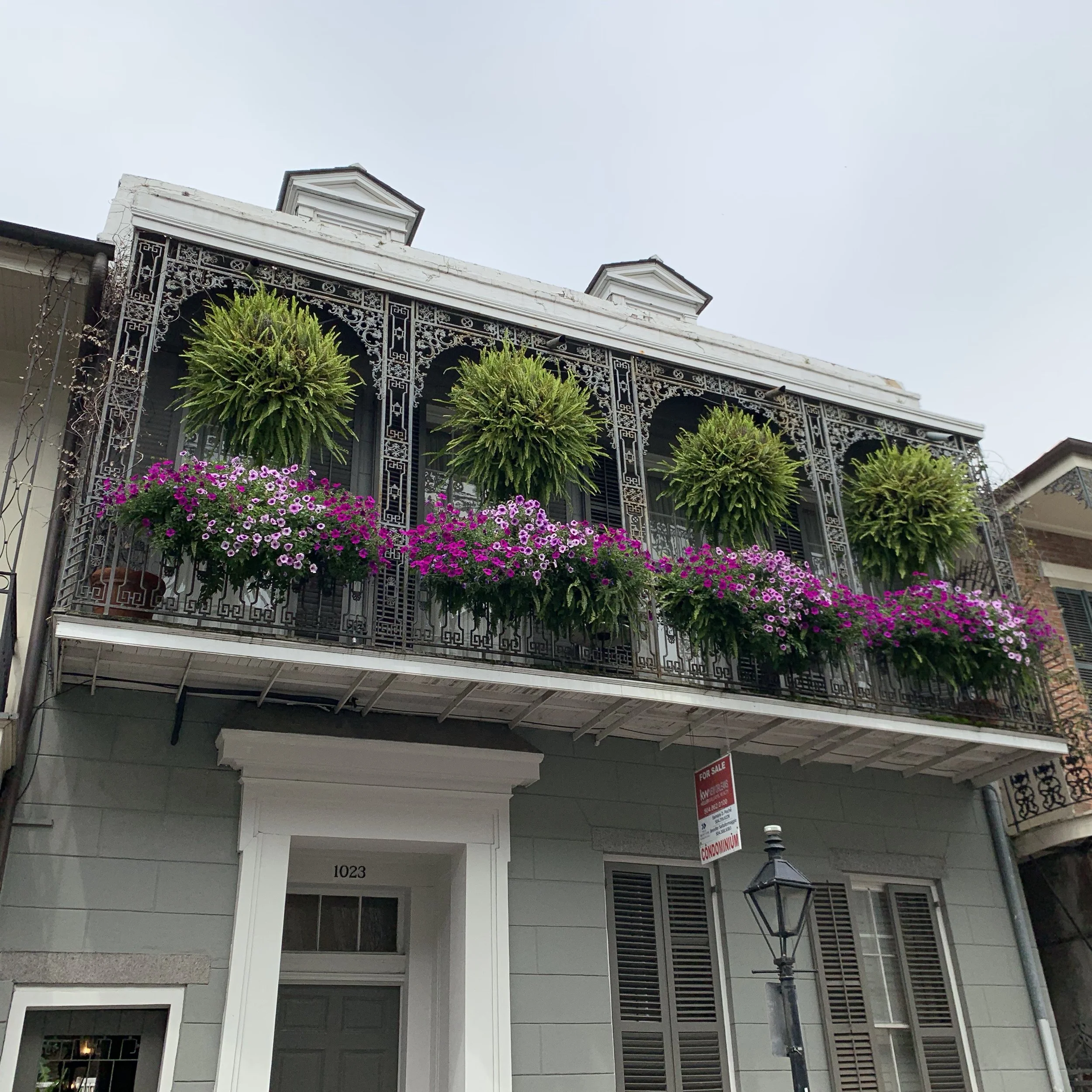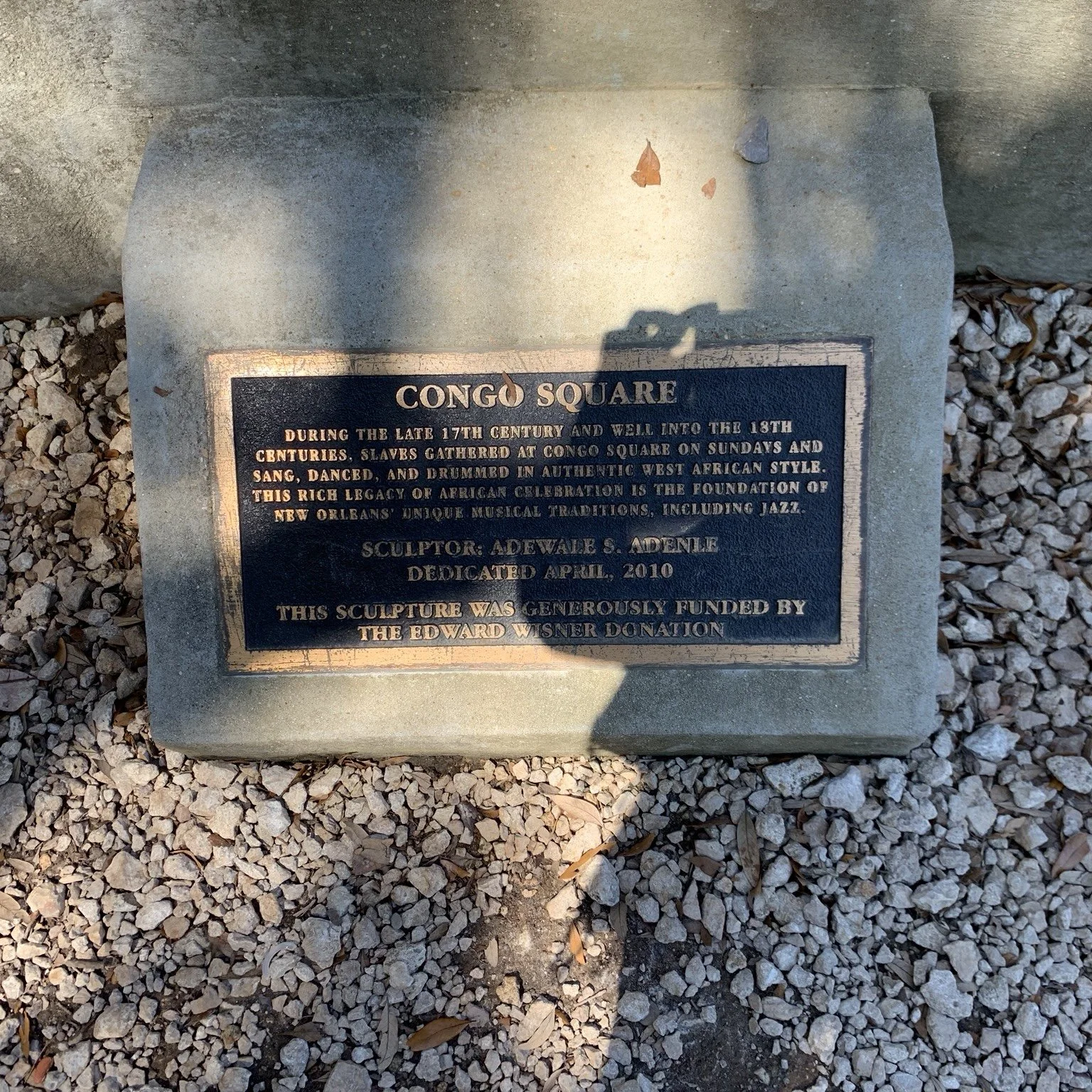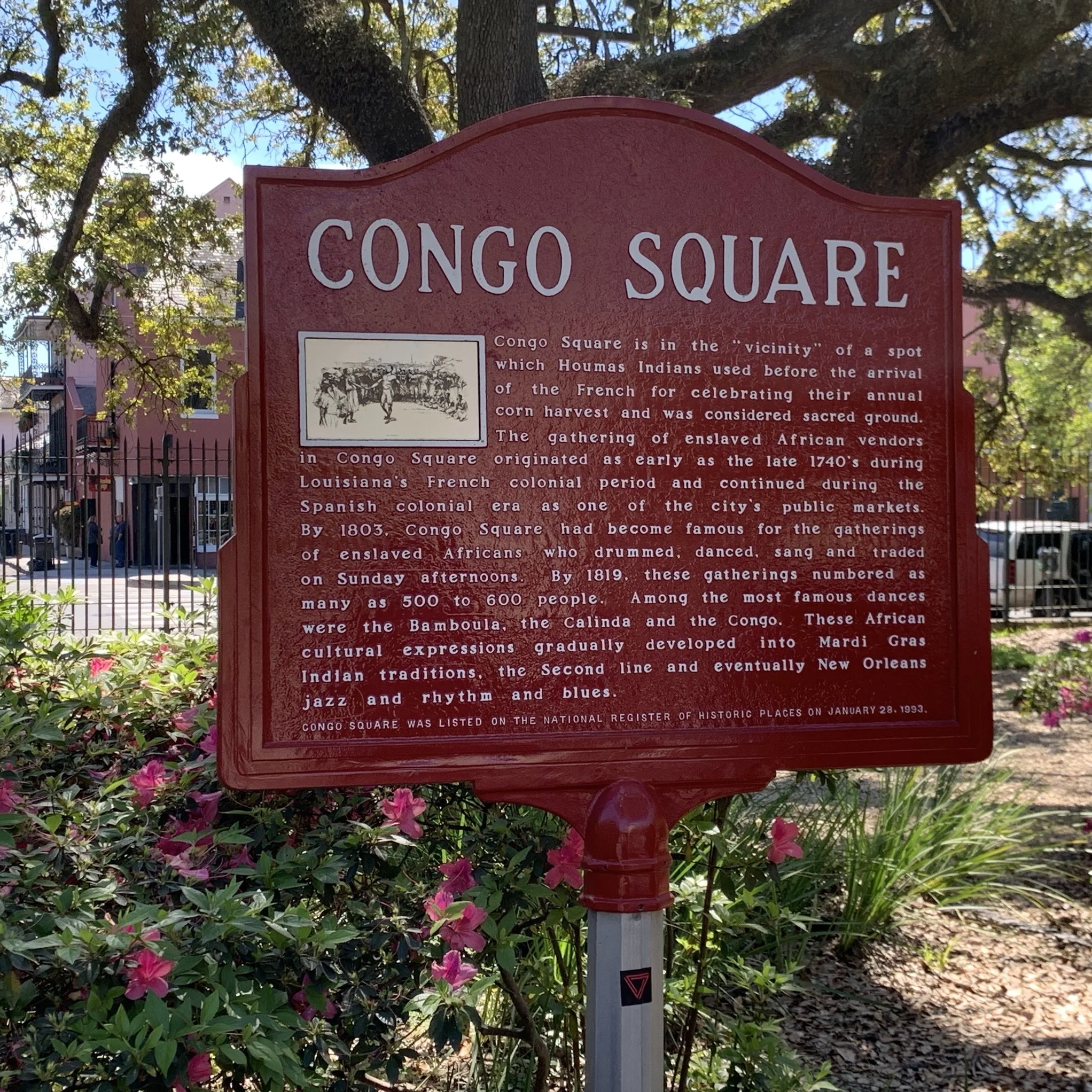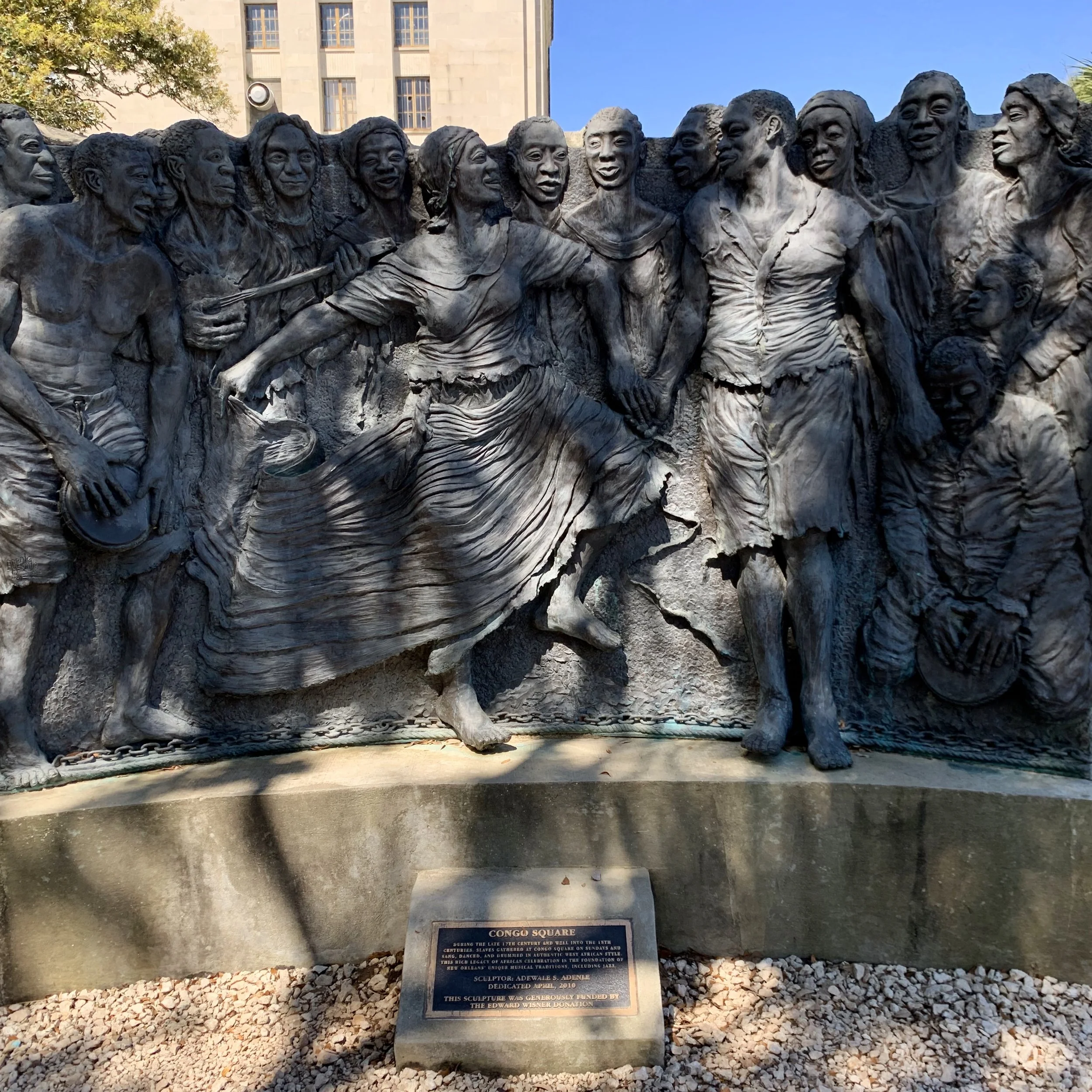Jazz, Voodoo, and Storied Streets
Ted Gioia, in The History of Jazz, discusses the complex history of music in New Orleans against the backdrop of cultural collisions and syntheses, multiple musical lineages, and a city of tenuous celebration against all odds:
“The average life span for a black native of New Orleans in 1880 was only thirty-six years; even white inhabitants lived, on average, a mere forty-six years. Black infant mortality was a staggering 45 percent. During that decade, mortality rates for New Orleans as a whole were 56 percent higher than for an average American city. Seen in the context of time and place, the New Orleans natives’ extreme fascination with celebrations, parades, and parties–an obsession that reaches its highest pitch in the New Orleans parade for the dead, that extraordinary combination of funeral and festival–is reminiscent of the revelers in Edgar Allen Poe’s ‘The Masque of the Red Death,’ whose merrymaking allowed them to distance themselves from the sufferings and pestilence of the here and now. From one point of view, this exuberance is the utmost decadence; from another, it is a necessary self-defense mechanism of a society living on the brink.”
That brink gave the world jazz, and much of its early history is preserved and adapted through contemporary New Orleans performance venues. Our students sampled the Hot 8 Brass Band, New Orleans Choro, the Preservation Hall Jazz Band, and the Snug Harbor Jazz Band, as well as street music on every corner.
The New Orleans Jazz Museum offered insight into a complex history of innovation, celebration, and exploitation. There was even a kora on display at the Whitney Plantation, raising questions about musical tradition and innovation opportunities in the cultural practices of those who were enslaved on plantations.
Voodoo, the New Orleans variety, is alive in the city today, emblematic of the syncretism that has permeated the region since colonization. French, Spanish, Indigenous American, West African (especially Yoruban) influences converge to create religious traditions uniquely poised to attend to the crossroads of so many civilizations. We took a Voodoo Walking Tour of the city, which I expected to be touristy and ridiculous; it was not. The tour prompted several students to participate in further research on syncretic religions, and we all felt something of the ineffable when the tour concluded.
Bourbon Street, with echoes of recent Mardi Gras celebrations (so many beads abandoned in the gutters), monuments in Congo Square and Louis Armstrong Park, and the clear impact of Hurricane Katrina offered us a juxtaposition of historical and contemporary attempts to attend to the brink that Gioia describes for us. This city is brimming with life and legacies.

